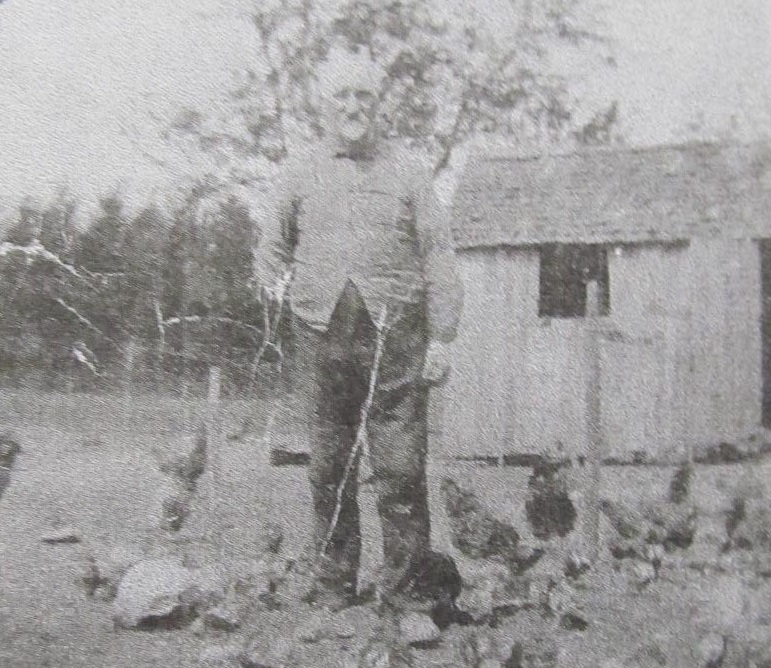You've probably heard of Civil War (and other military) Pension Files, but maybe you haven't ordered one yet. They're costly, perhaps out of reach for some people, which can make obtaining them difficult. However, if you are able to order one, they can be valuable sources of information. Here's an ...
Family History Friday
Genealogy & Lineage Societies
If you have yet to explore what genealogy groups and societies have to offer, here's a little guide to the various types out there.First, there are societies devoted to research itself. You can find many devoted to specific geographic areas. My personal favorite is the New England Historic ...
Vital Records
I am adamant about collecting primary sources. That which can't be found online must be obtained from the appropriate authority. How do you obtain birth, marriage, and death records? Every state is different but, in my case, I usually write to the Town Clerk of the town in which the event ...
Genealogy & Social Media
As the internet offers us more and more places to connect, it can be tricky to determine who you "ought" to follow on Facebook, Twitter, Instagram, and other platforms. There are many recommendations out there - some that are considered staples of social media/the online community in ...
Getting Started with Genealogy
I work with someone who asks me a LOT of questions about genealogy - how do I figure out this or that, how do I know how closely DNA matches are connected, and where do I find answers to particular questions? So I thought it might be a good time for a good old-fashioned "how to" post on the first ...
The Wood Family of Blue Hill, Maine
The first aspect of family history I heard about as a child was that my paternal ancestors founded the town of Blue Hill, Hancock County, Maine. As the story goes, Joseph Wood (my ancestor) and John Roundy left Massachusetts in 1762 to explore what would ultimately become Maine. They created the ...





